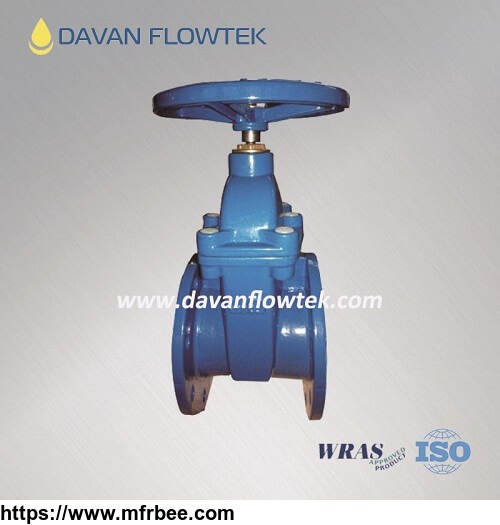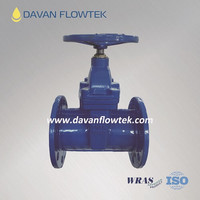Gate Valves DIN3352 F4 Rubber Wedge
Product Quick Detail
- FOB Price
- USD $35.00 / Piece
- Minimum Order
- 1
- Place Of Origin
- china
- Packaging
- N/A
- Delivery
- 30 Days
Specifications
Gate Valves DIN3352 F4 Rubber Wedge Technical Specification:
Valve Design: EN 1171/DIN 3352/EN 1074-1
Face to Face: EN 558-1 Series 14/ DIN 3202 F4
Flange Drilling: EN 1092-2/ ISO 7005-2
Hydraulic Test: EN 12266/ ISO 5208
Shell Test Pressure: 24 bar
Sealing Test Pressure: 17.6 bar
The main advantages of gate valve include:
1. The fluid resistance of the valve is small. Because the valve body of gate valve is straight-through type and the flow of the medium doesn’t change direction, the fluid resistance of it is small compared with other kinds of valves.
2. The sealing performance is better than that of other shut-off valve. The opening and closing of it is more conveniently.
3. The range of applications is more wider. In addition to steam, oil and other media, it can be used in medium containing granular solid and with a large viscosity. It can also be used as air-venting valve and low vacuum system valve.
4. Gate valve has dual flow directions. It’s not subject to the flow directions of the medium. Therefore, it is suitable for use in pipeline where the medium may change the flow direction. It is also easy to install.
Welcome to inquiry!
Alisa Yan
Email : alisa@davanflowtek.com
info@davanflowtek.com
Whatsapp: +86 18135347389
- Country: China (Mainland)
- Business Type: Manufacturer
- Market: Oceania,Africa,Americas,Emerging Markets,Europe,G20,Middle East
- Founded Year: 2005
- Address: JINGSHUIYUAN, YEJIN ROAD, NANKAI DISTRICT, TIANJIN CHINA
- Contact: Alisa Yan






